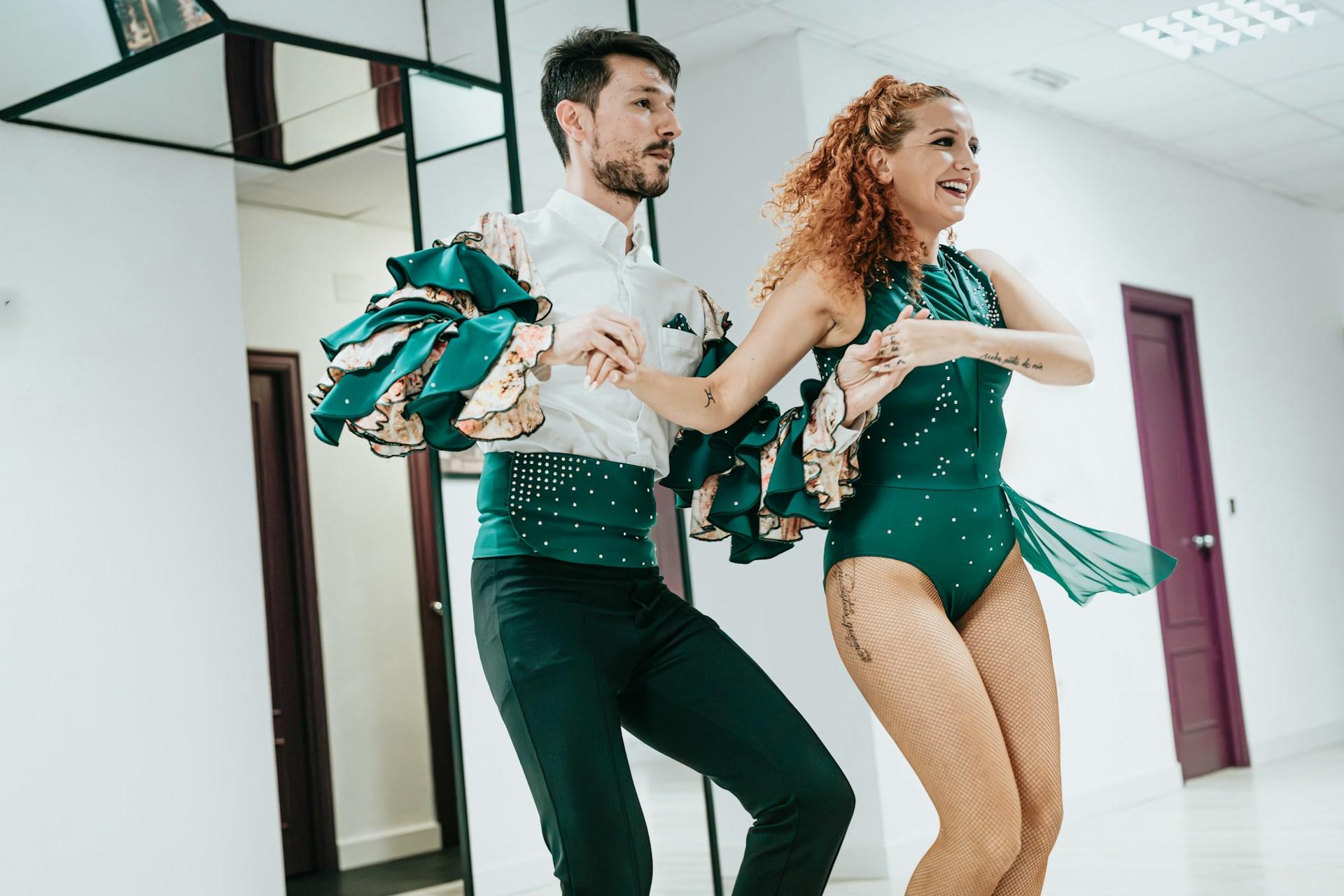Salsa is one of the most popular forms of dance in the modern world. From being practiced in groups on public streets, in dance schools, and in movies, it’s almost difficult to ignore the passionate and expressive nature of the art.
It’s one of the more distinguishable forms of dance as it blends different rhythms and movements that make it so enjoyable to try or simply appreciate from a distance.
Today, we are going to unravel the story of salsa's origins, from its Cuban roots to its continued rise here in the United States. Armed with a newfound understanding of this treasured art form, you’ll likely find yourself looking for places and communities in your area to get involved!

The Cuban Roots of Salsa
This complex music genre is popular for its upbeat rhythm and fascinating use of instruments. There are 14 classic instruments used to create salsa music. Some are the piano, guitar, trumpet, saxophone, congas, timbales, trombone, and more.
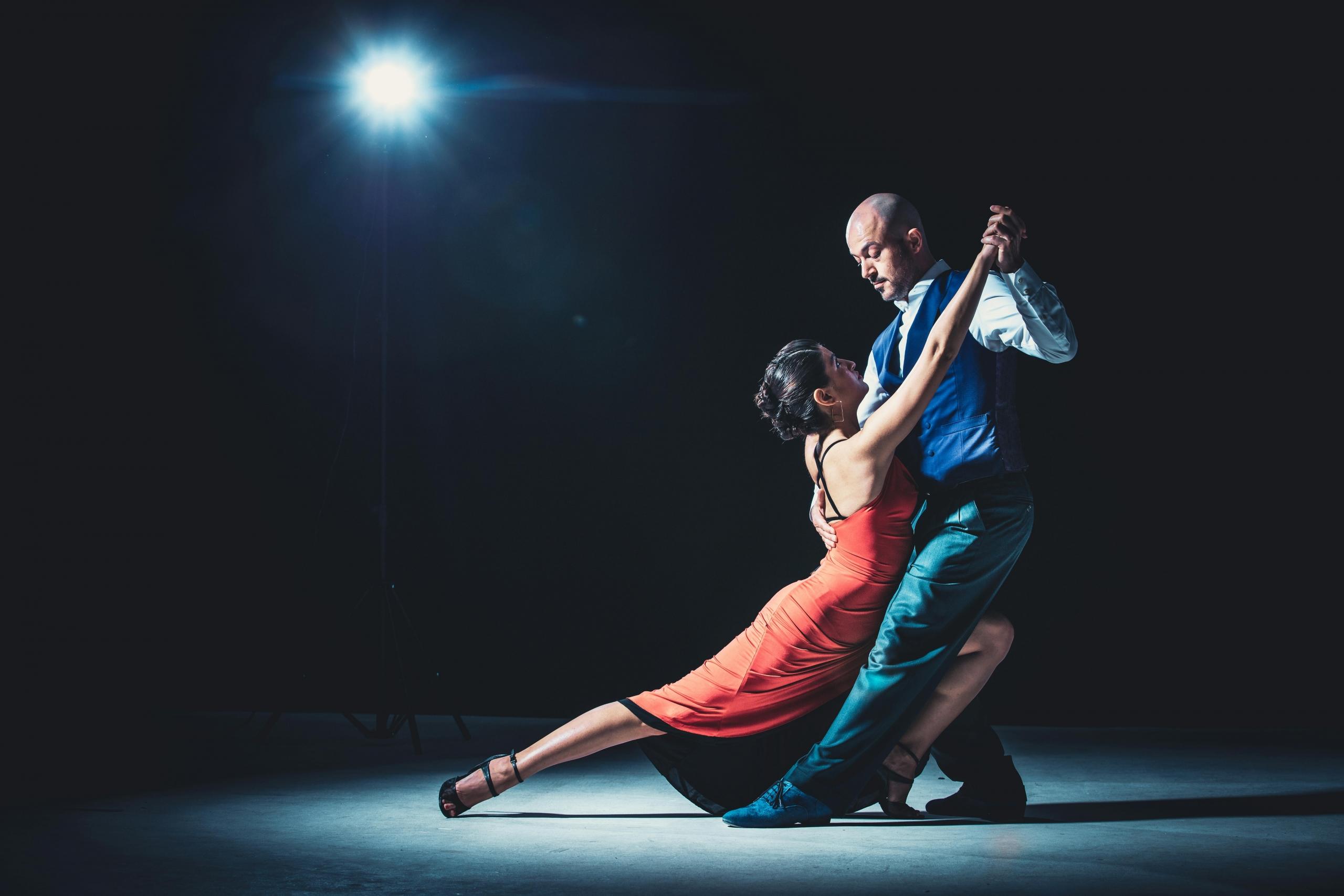
Before it evolved into the dance that we know and love today, salsa emerged a little further south with its deep roots deep in Cuban soil, where the rhythm of Son Cubano first emerged in the late 19th century.
The dance is thought to have been pioneered by Arsenio Rodríguez, a groundbreaking Cuban bandleader born in 1911 who played a big role in the development of son montuno who brought Spanish guitar-playing together with traditional African musical complexity.
This fusion of music would go on to have profound ramifications beyond what he could have foreseen at the time, leading to the birth of Salsa. Salsa music is played with a wide variety of instruments include bongos, timbales, and conga drums, all of which are instruments found in West African music.
Salsa music is also accompanied by Spanish-language lyrics. Vocalists in salsa are called soneros and they are known for singing mostly about love and romance. Although love is not the only thing they sing about, they also have lyrics talking about culture, life, and more. The sound is characterized by being a combination of many other different genres like mambo, bolero, merengue, cumbia, rumba, Brazilian samba, and bossa nova.
When salsa began to come about in Cuba's social clubs, known as Casinos Deportivos, during the 1950s, it evolved quite rapidly, taking on new dimensions. Partners moved in circular patterns and added folkloric movements from rumba and religious dances that honored African spirits.
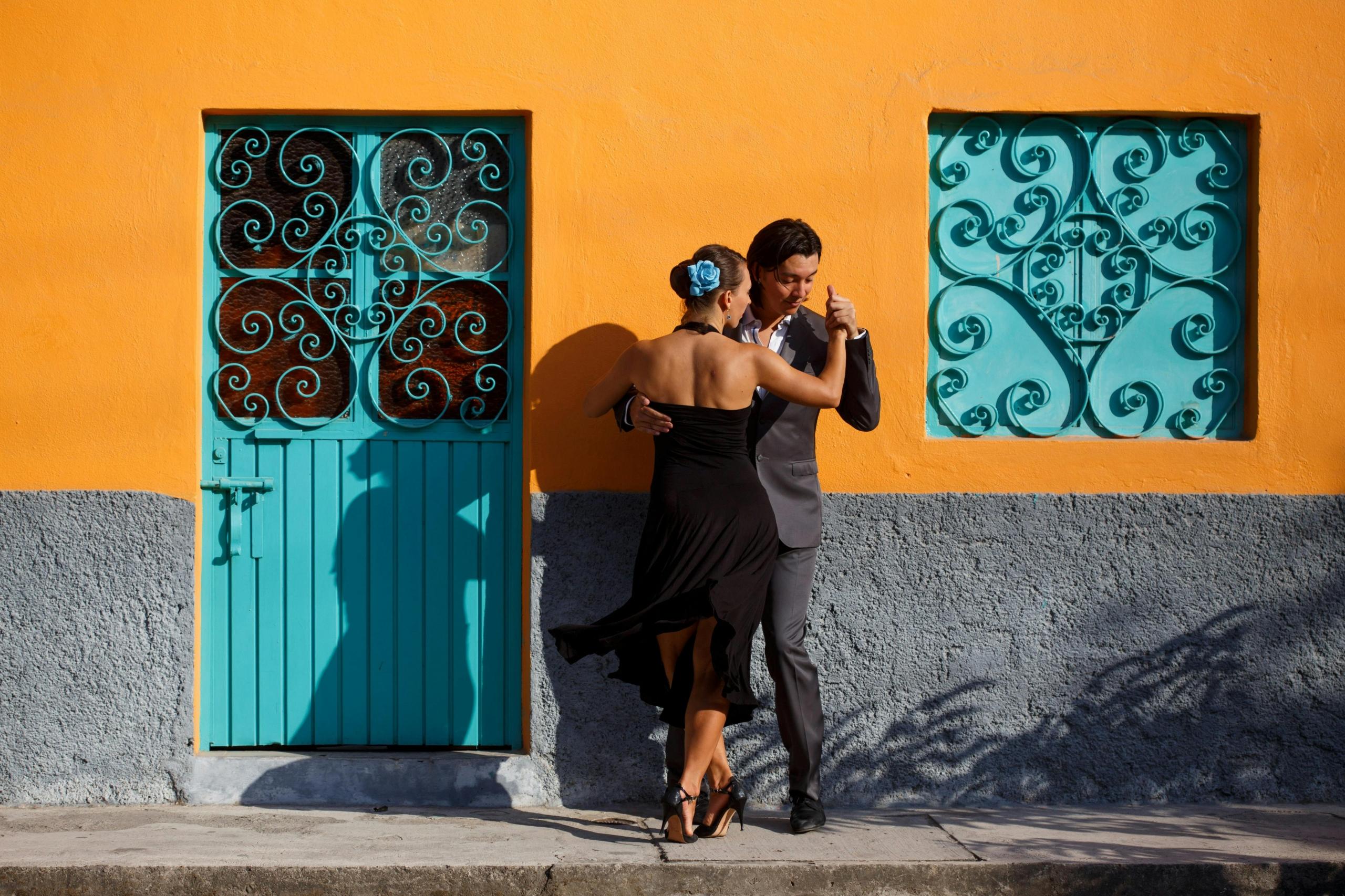
Perhaps one of the more definitive changes that came about was how the dance emphasized forward steps instead of backwards movements, something that is distinctive of traditional Cuban salsa today. You can get to know more adult dance classes near me here.
When Did Salsa Dancing First Appear in the US?
There are many different theories as to where exactly salsa originated. However, there cannot be one exact moment, year, or place that can be pointed to as the exact origins of the genre and dance.
The truth is that salsa is such a historically complex music genre that all of the versions of its origins are true and false at the same time because there was not an exact time or place. The only thing certain is that salsa is music and dance that evolved and all those years of accumulated characteristics have given us what we have today.
There are four different styles of salsa dancing, New York, LA, Cuban, and Puerto Rican styles. These are the main four because these are the places where salsa emerged first. Salsa music and salsa dancing were common in the Latin American region, especially in Cuba and Puerto Rico, during the 1910s.
The dance itself is said to have been first encountered by America when its soldiers witnessed the art during the Cuban War of 1898. However, it wasn’t until the 1920s when Cuban immigrants brought their musical traditions to New York City, particularly across neighborhoods like El Barrio and Washington Heights.
Once the infectious rhythm made its way to the US, it didn’t take much time for it to catch fire. The Cuban rhythms appealed to jazz musicians after the formation of Machito and his Afro-Cubans, and they inspired musicians for generations to follow. From then it started to spread and become popular in the rest of the United States during the 1970s.
If you want to learn how to dance salsa you can learn about the different styles and ask your teacher to teach you one specific style or all of them. You can search for tutors on Superprof and look at their profiles if they teach the style you are interested in learning and see how much experience they have as tutors.

Dancing Through the Years
As we mentioned, the exact year of the origin of salsa music is highly debated. However, the origins of salsa dancing and salsa music date back to the early 1900s in Eastern Cuba.
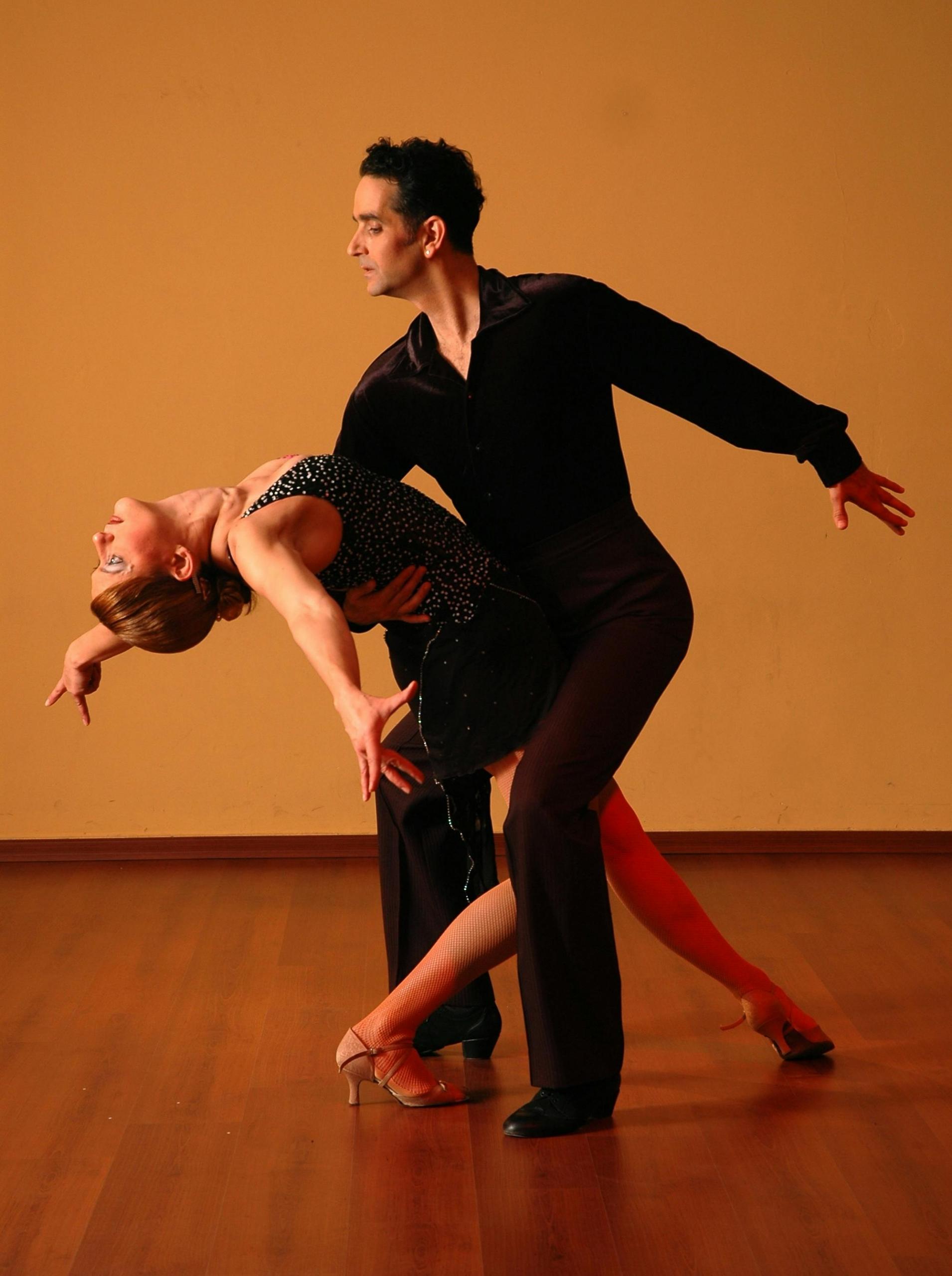
Salsa originated from combining different musical elements, rhythms, and styles.
It took a while for this genre to spread and become known; taking almost 50 years for it to make it to Havana.
From there, the music started to absorb influences from other local Cuban music and American jazz as it continued to evolve.
It made it to America due to the Cuban Revolution and the relocation of the Cuban population to the US. Many think that most Cubans went to Miami but a large percentage of people (amongst them musicians) went to New York City. The Hispanic musician community found the best environment to develop the rhythm and music we would come to know as salsa.
The record label called Fania Records —established in 1964— is usually given credit for popularizing the music in America. The label became famous for producing one hit after another.
Salsa dancing has been around for roughly 100 years now
Many of the artists who signed with this label are now regarded as legends of salsa, particularly the team of ''Fania All-Stars''. This group included celebrities such as Celia Cruz, Héctor Lavoe, Cheo Feliciano, and Rubén Blades, among others.
What Fania Records did was create a rhythm based on the sounds brought from Cuba but edited some of it to make it sound more catchy and make it easier accepted by the Latin community in New York. To better merchandise their music, Fania called this new sound salsa.
This is why salsa is popular in the United States, even if it might seem like it was brought to the US, many people don't know that what we know today was developed in New York.
Remember that you can learn how to dance if you hire a tutor now on Superprof. The tutors on our platform are highly experienced and you can learn all about their techniques, trajectories, and fees in their profiles.
Cities Where Salsa Became Most Popular
Salsa dancing is very common across the US, especially in places and cities with a big Hispanic population. Those cities are New York, Los Angeles, Chicago, Houston, San Diego, Miami, and much more.
The popularity of salsa is directly correlated to the Hispanic community, but it is not the only factor.
There are many salsa events and festivals across the United States and every time its popularity is increasing.
However, the cities where it continues to be very common are New York and Miami.
There is probably more than one ballroom dedicated to salsa dancing in each of these cities.
Finding a salsa ballroom in Miami is like finding a casino in Las Vegas!
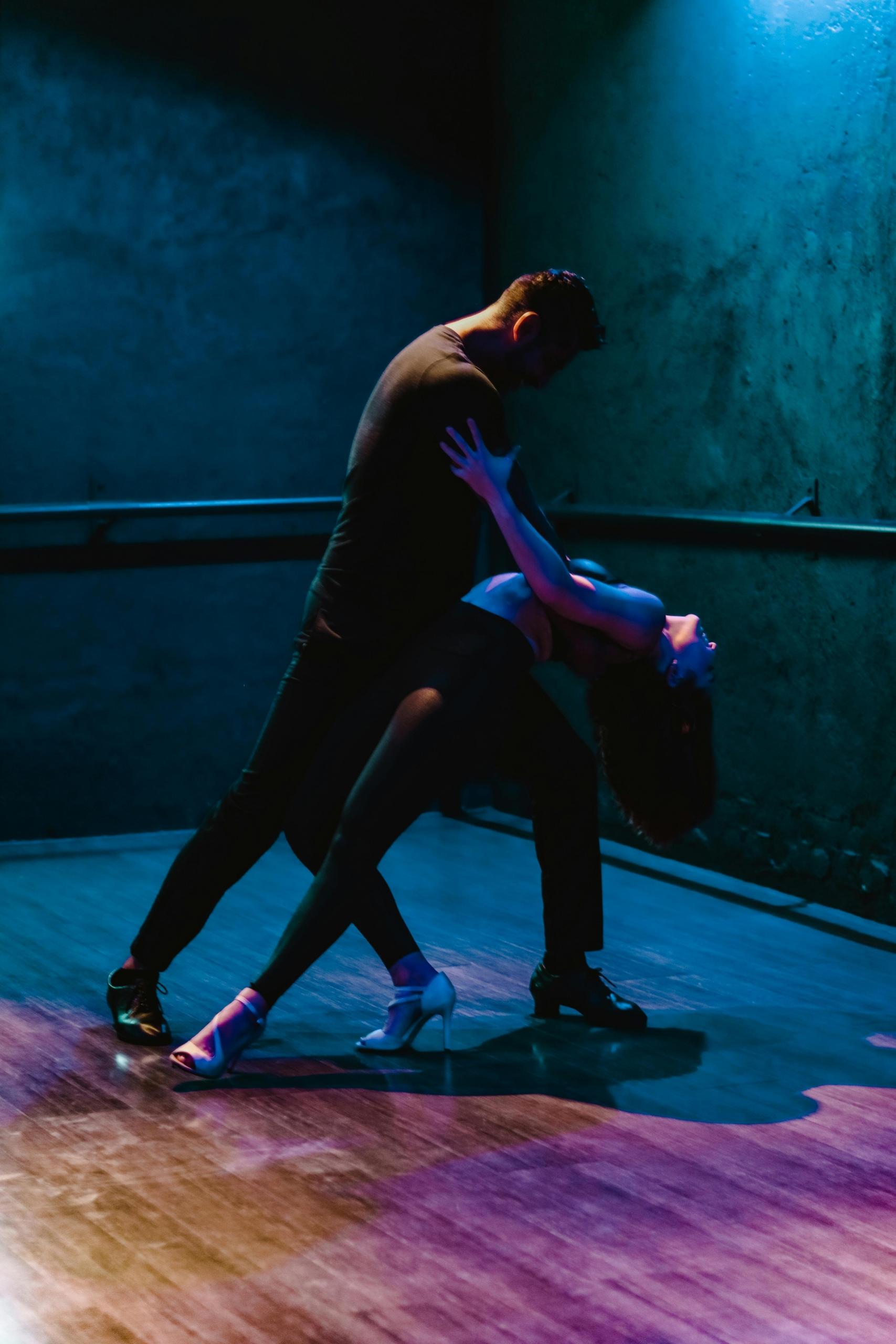
Keep in mind that many of these clubs offer people more than one type of Latin dance, and they might offer music like mambo, cumbia, cha, son, Latin jazz, and more. There are many differences between all these genres but the ones that are hard to spot are the differences between cumbia and salsa.
To learn every single one of these styles with exactitude, you should consider working and learning side by side with a private tutor. Tutors can be of great help when it comes to helping their students during their learning process.
Many people think that tutors can only be for academic matters, however, you'll see that on Superprof you can find tutors for anything and everything you can imagine, including learning how to dance to salsa music. A tutor can teach you every different style; you can learn from different dancers, and learn the moves of all the different beats.
Learn to Salsa Dance with Superprof
The options that you have available to you when it comes to learning how to confidently salsa have grown substantially over the past decade. While the roots of the dance are undeniably deep, much of the history has yet to be written.
With trusted tutoring platforms like Superprof offering a place for dance enthusiasts and hobbyists alike a platform to learn from anywhere with a stable internet connection, the dance finds its way into more corners of the globe than ever before.
The thought of learning to dance from your sitting room or a nearby studio without an instructor physically being there is an idea that would have been foreign to you more than a couple of decades ago. Nowadays, it’s a popular option for salsa learners, particularly those looking to slot in some practice in their busy schedules!
Superprof has made learning traditional salsa dance available to everyone by connecting students with qualified instructors throughout the United States and beyond. Finding the right instructor will also make a huge difference in the rate of your progress and, inherently, your enjoyment and consistency with the learning process.
The platform makes finding local instructors easy, and many offer their first lesson free so you can see if it's a good fit. Just head over to the homepage and input salsa alongside your location, and begin browsing through all of the qualified instructors that are available to you! To learn more, go check out our article about the different salsa styles in the US.

